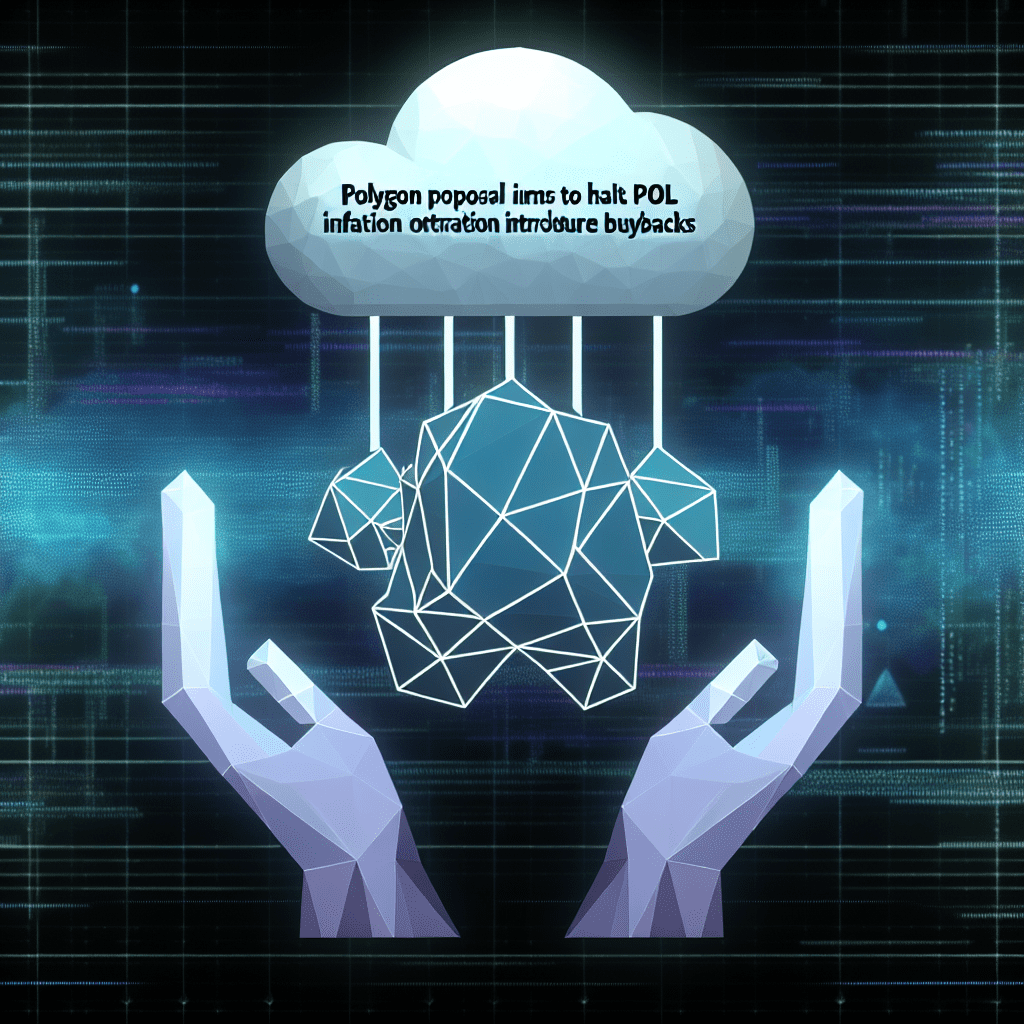A fresh initiative to revamp Polygon’s tokenomics is gaining traction on the governance forum and social media, as investors express dissatisfaction with POL’s significant underperformance relative to the general cryptocurrency market.
The proposal, put forward by activist token investor Venturefounder, advocates for substantial changes to Polygon’s (POL) supply model, including the removal of its 2% annual inflation rate and the establishment of a treasury-funded buyback or burn initiative to alleviate continuous selling pressure.
“These modifications are designed to align the supply dynamics of POL with its existing technological and strategic context, bolster investor confidence, and avert further token devaluation and network stagnation,” Venturefounder stated in the forum discussion.
According to the current model, Polygon’s 2% annual inflation introduces approximately 200 million new POL tokens to the market each year — a circumstance the author believes has resulted in persistent downward price pressure. The proposal recommends either adopting a 0% inflation target to create a fixed supply or implementing a tapering schedule, reducing inflation by 0.5% quarterly until it reaches zero.
The author references BNB (BNB), Avalanche (AVAX), and Ether (ETH) as examples of tokens benefiting from deflationary or fixed-supply models, contending that a similar strategy could enhance POL’s value proposition.
This proposal follows a widely shared manifesto posted by Venturefounder on X, which has received over 25,000 views. In that post, the investor highlighted POL’s 46% decline over the past year, noting its current trading position beneath 2022 bear-market lows, which he deemed “inexcusable” in what many perceive as a crypto bull market driven by Bitcoin (BTC) and Ether.
“These excuses are NOT VALID,” Venturefounder emphasized. “There is nothing wrong with the market, there is something SERIOUSLY wrong with POL, and it’s DOWN BAD.”
Beyond the inflation matter, the manifesto also condemned a series of strategic missteps by the Polygon team since 2022, while calling for more transparent communication and quicker implementation of essential infrastructure such as Agglayer.
The proposal has received a positive response from within the Polygon community. Brendan Farmer, Polygon co-founder, engaged with the discussion, and Polygon Labs CEO Marc Boiron acknowledged the proposal on social platforms.
The forum thread remains active as community members deliberate on the feasibility of funding validator rewards without inflation, the sustainability of buybacks, and the overall implications for network security.
Related: Polygon asserts blocks are still operational despite consensus bug disruption
Polygon confronts confidence issues as competition escalates
Once celebrated as a top Ethereum scaling solution, Polygon established its reputation on robust technical innovations, from its zkEVM rollout to the ambitious AggLayer framework aimed at integrating multiple chains. However, investor confidence has diminished, and competition from newer layer-2 ecosystems like Arbitrum, Optimism, and Base has intensified.
In 2024, Polygon began transitioning its native token from MATIC to POL as a part of a comprehensive governance and tokenomics overhaul meant to boost community participation and secure the network. This transition introduced a 2% annual emissions schedule to support validator rewards and ecosystem incentives.
Despite its recent challenges, Polygon boasts a strong developer community, especially among builders pursuing technical maturity and enterprise-grade infrastructure.
As Cointelegraph recently noted, referencing a study across Mexico, Brazil, Peru, and Bolivia, Latin American developers continue to prefer Polygon and Ethereum over newer protocols for deploying decentralized applications.
Polygon is also focusing on real-world asset (RWA) tokenization. For instance, AlloyX, a tokenization infrastructure provider, recently launched a tokenized money market fund on Polygon. This increase in RWA activity has contributed to broader on-chain engagement, marked by a milestone where Polygon’s NFT sales surpassed $2 billion.
Magazine: ‘Help! My robot vac is stealing my Bitcoin’: When smart devices attack

